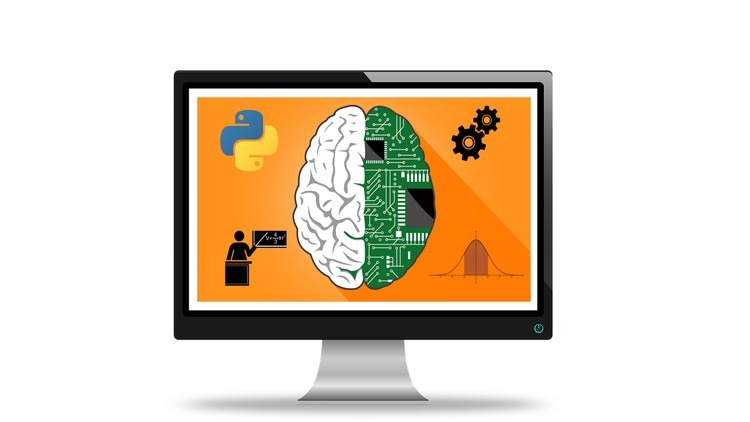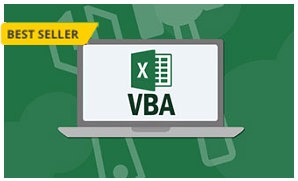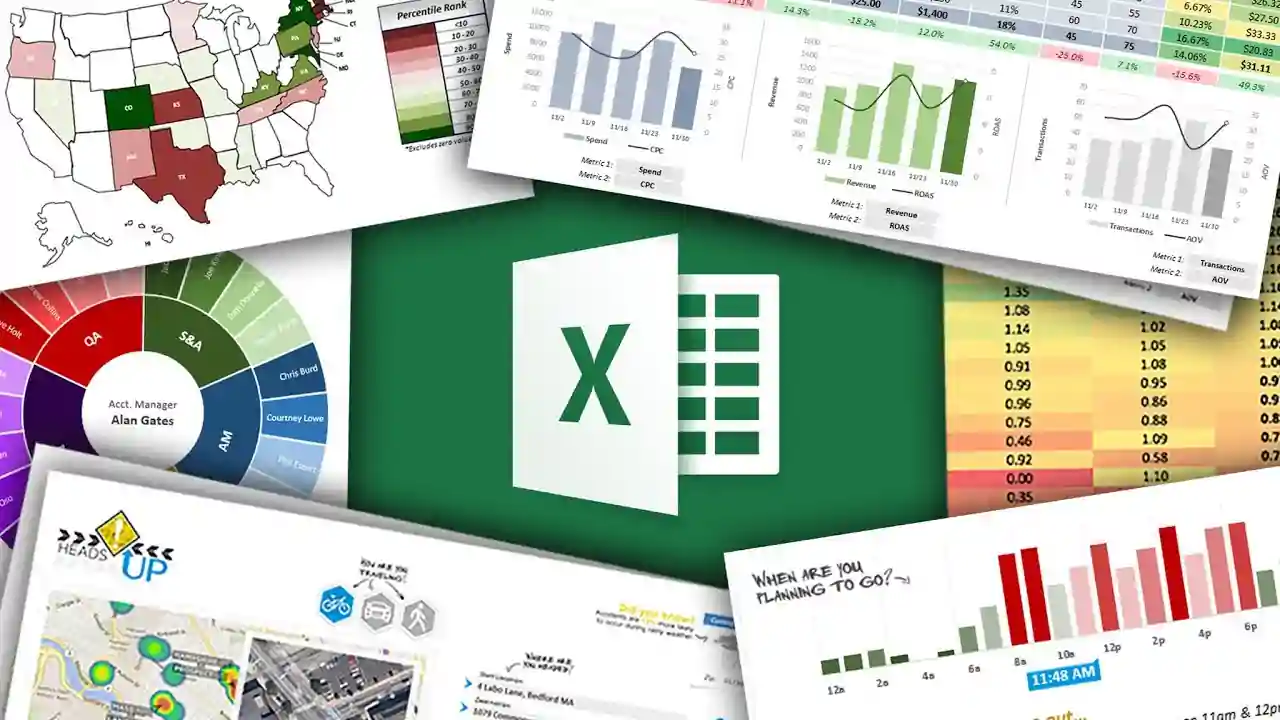Online Course. This course provides a broad introduction to machine learning, data mining, and statistical pattern recognition.
Topics include: (i) Supervised learning (parametric/non-parametric algorithms, support vector machines, kernels, neural networks). (ii) Unsupervised learning (clustering, dimensionality reduction, recommender systems, deep learning). (iii) Best practices in machine learning (bias/variance theory; innovation process in machine learning and AI). The course will also draw from numerous case studies and applications, so that you’ll also learn how to apply learning algorithms to building smart robots (perception, control), text understanding (web search, anti-spam), computer vision, medical informatics, audio, database mining, and other areas.
Machine learning is the science of getting computers to act without being explicitly programmed. In the past decade, machine learning has given us self-driving cars, practical speech recognition, effective web search, and a vastly improved understanding of the human genome. Machine learning is so pervasive today that you probably use it dozens of times a day without knowing it. Many researchers also think it is the best way to make progress towards human-level AI. In this class, you will learn about the most effective machine learning techniques, and gain practice implementing them and getting them to work for yourself. More importantly, you’ll learn about not only the theoretical underpinnings of learning, but also gain the practical know-how needed to quickly and powerfully apply these techniques to new problems. Finally, you’ll learn about some of Silicon Valley’s best practices in innovation as it pertains to machine learning and AI.
Skills You Will Gain
- Logistic Regression
- Artificial Neural Network
- Machine Learning (ML) Algorithms
- Machine Learning
Syllabus
Week 1:
Introduction
Welcome to Machine Learning! In this module, we introduce the core idea of teaching a computer to learn concepts using data—without being explicitly programmed. The Course Wiki is under construction. Please visit the resources tab for the most complete and up-to-date information.
Linear Regression with One Variable
Linear regression predicts a real-valued output based on an input value. We discuss the application of linear regression to housing price prediction, present the notion of a cost function, and introduce the gradient descent method for learning.
Linear Algebra Review
This optional module provides a refresher on linear algebra concepts. Basic understanding of linear algebra is necessary for the rest of the course, especially as we begin to cover models with multiple variables.
Week 2:
Linear Regression with Multiple Variables
What if your input has more than one value? In this module, we show how linear regression can be extended to accommodate multiple input features. We also discuss best practices for implementing linear regression.
Octave/Matlab Tutorial
This course includes programming assignments designed to help you understand how to implement the learning algorithms in practice. To complete the programming assignments, you will need to use Octave or MATLAB. This module introduces Octave/Matlab and shows you how to submit an assignment.
Week 3:
Logistic Regression
Logistic regression is a method for classifying data into discrete outcomes. For example, we might use logistic regression to classify an email as spam or not spam. In this module, we introduce the notion of classification, the cost function for logistic regression, and the application of logistic regression to multi-class classification.
Regularization
Machine learning models need to generalize well to new examples that the model has not seen in practice. In this module, we introduce regularization, which helps prevent models from overfitting the training data.
Week 4:
Neural Networks: Representation
Neural networks is a model inspired by how the brain works. It is widely used today in many applications: when your phone interprets and understand your voice commands, it is likely that a neural network is helping to understand your speech; when you cash a check, the machines that automatically read the digits also use neural networks.
Week 5:
Neural Networks: Learning
In this module, we introduce the backpropagation algorithm that is used to help learn parameters for a neural network. At the end of this module, you will be implementing your own neural network for digit recognition.
Week 6:
Advice for Applying Machine Learning
Applying machine learning in practice is not always straightforward. In this module, we share best practices for applying machine learning in practice, and discuss the best ways to evaluate performance of the learned models.
Machine Learning System Design
To optimize a machine learning algorithm, you’ll need to first understand where the biggest improvements can be made. In this module, we discuss how to understand the performance of a machine learning system with multiple parts, and also how to deal with skewed data.
Week 7:
Support Vector Machines
Support vector machines, or SVMs, is a machine learning algorithm for classification. We introduce the idea and intuitions behind SVMs and discuss how to use it in practice.
Week 8:
Unsupervised Learning
We use unsupervised learning to build models that help us understand our data better. We discuss the k-Means algorithm for clustering that enable us to learn groupings of unlabeled data points.
Dimensionality Reduction
In this module, we introduce Principal Components Analysis, and show how it can be used for data compression to speed up learning algorithms as well as for visualizations of complex datasets.
Week 9:
Anomaly Detection
Given a large number of data points, we may sometimes want to figure out which ones vary significantly from the average. For example, in manufacturing, we may want to detect defects or anomalies. We show how a dataset can be modeled using a Gaussian distribution, and how the model can be used for anomaly detection.
Recommender Systems
When you buy a product online, most websites automatically recommend other products that you may like. Recommender systems look at patterns of activities between different users and different products to produce these recommendations. In this module, we introduce recommender algorithms such as the collaborative filtering algorithm and low-rank matrix factorization.
Week 10:
Large Scale Machine Learning
Machine learning works best when there is an abundance of data to leverage for training. In this module, we discuss how to apply the machine learning algorithms with large datasets.
Week 11:
Application Example: Photo OCR
Identifying and recognizing objects, words, and digits in an image is a challenging task. We discuss how a pipeline can be built to tackle this problem and how to analyze and improve the performance of such a system.
Start Learning Today
- Flexible deadlines
- Reset deadlines in accordance to your schedule.
- Shareable Certificate
- Earn a Certificate upon completion
- 100% online
- Start instantly and learn at your own schedule.
- Approx. 61 hours to complete
- English
- Subtitles: Arabic, French, Portuguese (European), Chinese (Simplified), Italian, Vietnamese, German, Russian, English, Hebrew, Spanish, Hindi, Japanese
See More Machine Learning courses







